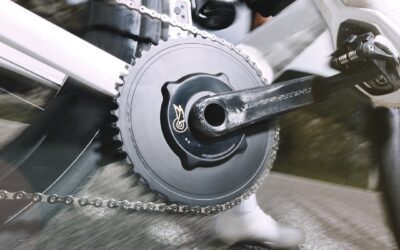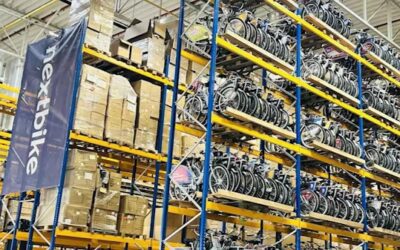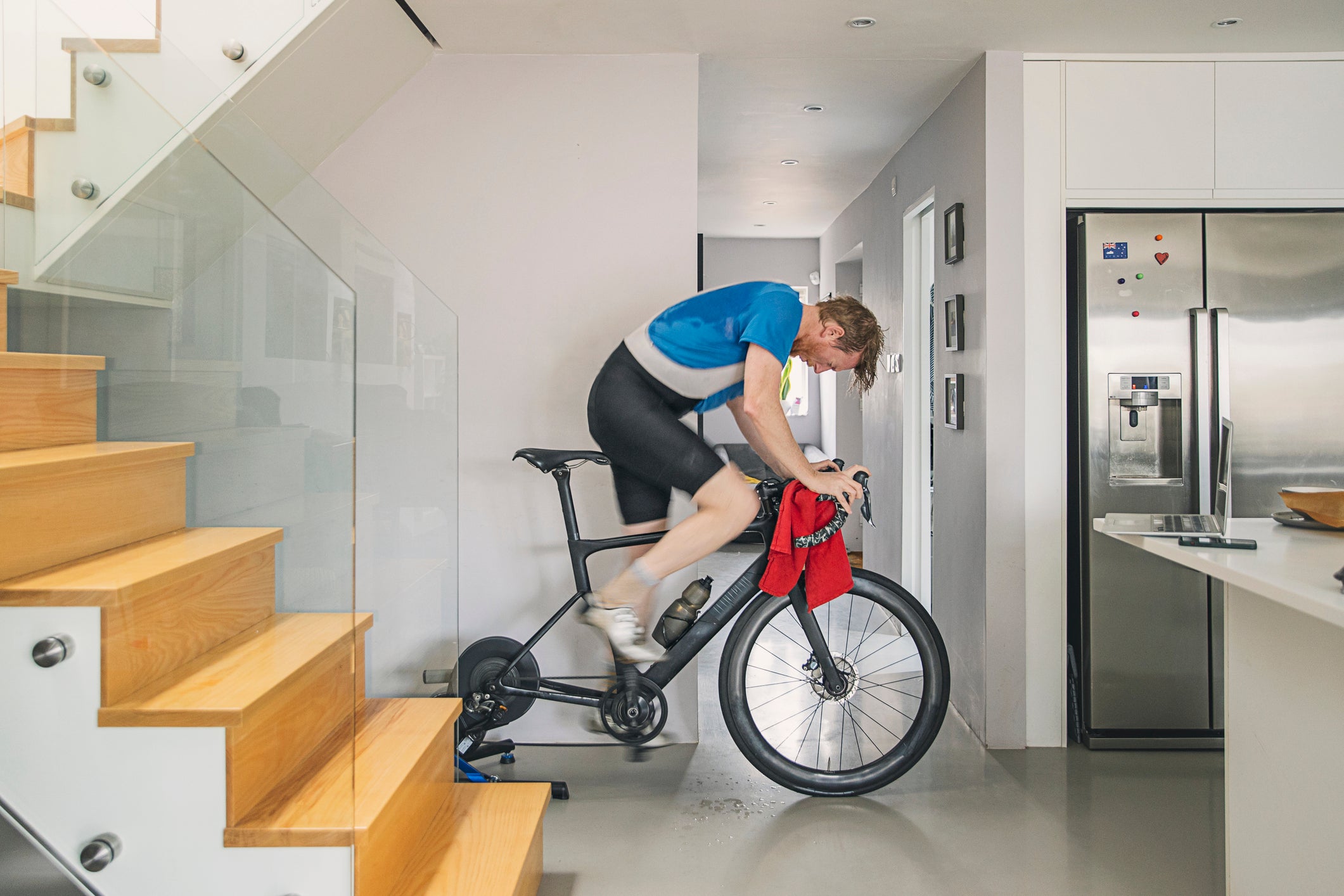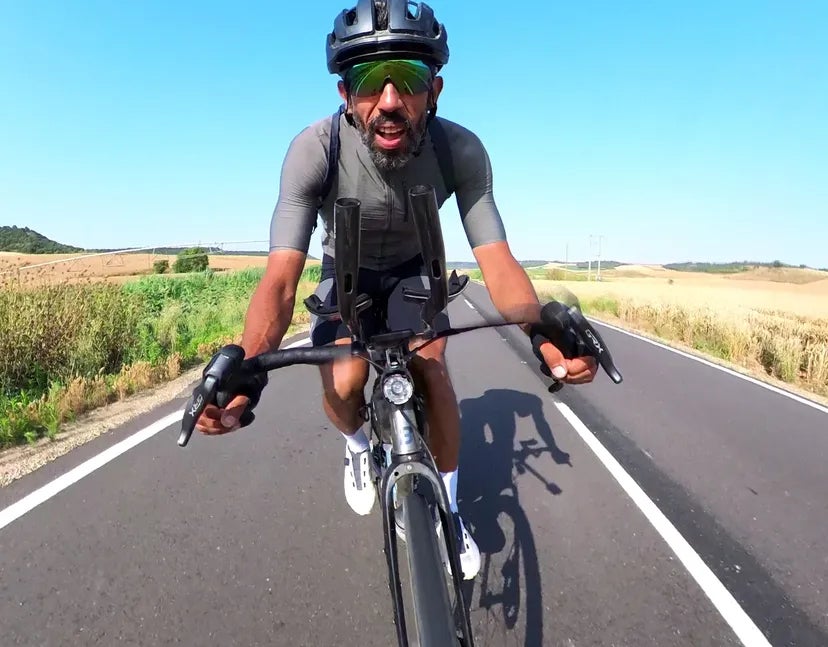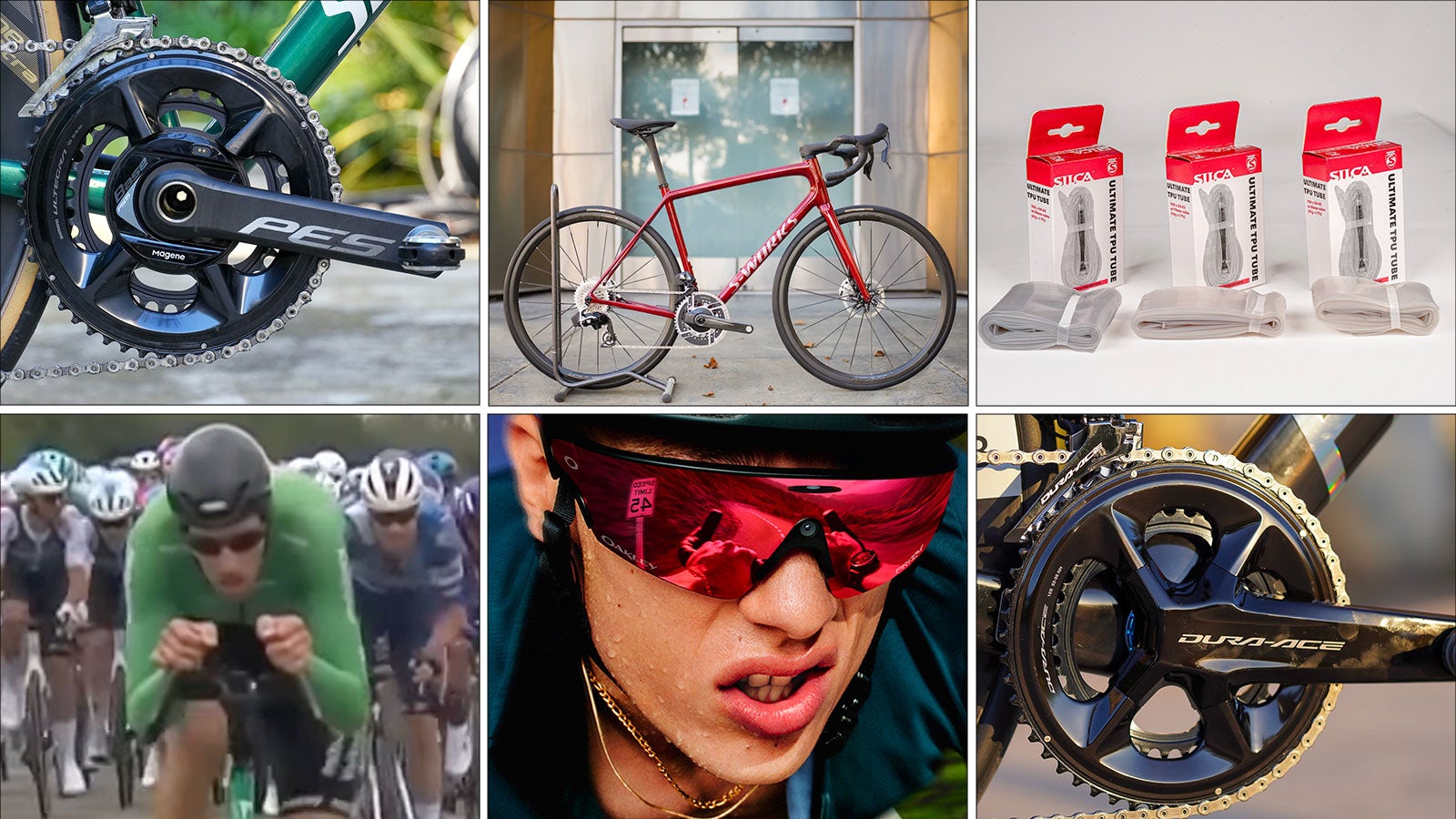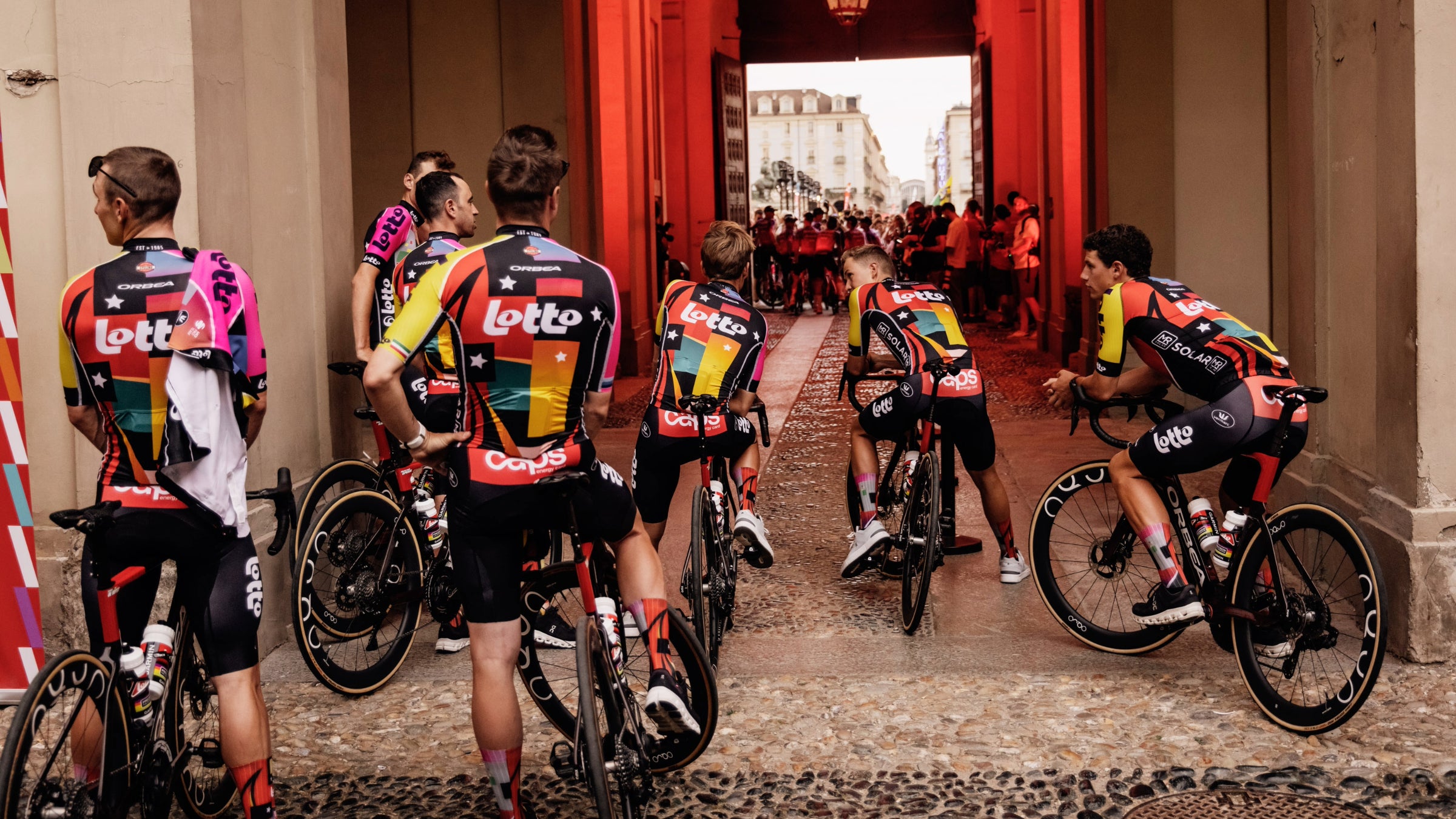Fueling Your Indoor Cycling: The Secret to Maximizing Your Performance
Indoor cycling can often feel like a sweaty battle against time, but did you know that how you fuel during these sessions significantly affects your performance? If you think bread and water are enough to keep you going, think again! Let’s dive into why adjusting your nutrition and hydration is crucial for making the most out of your indoor rides.
Why Nutrition Matters for Indoor Cycling
Many cyclists believe they can get away with minimal fueling for workouts lasting less than 90 minutes. However, the intensity of indoor training changes the game. When you’re cycling indoors, the comfort of air and wind is missing; instead, you’re often surrounded by heat and humidity. This can lead to heavy sweating and quick depletion of energy reserves. The solution? A solid fueling strategy tailored to these indoor conditions.
Carbohydrates: Your Best Friend
In recent years, nutrition for athletes has evolved, especially when it comes to carbohydrate intake. Previously, the thought was that you could only handle 100 grams of carbs per hour, typically only achievable by elite riders. Today, the landscape has shifted. Athletes are now advised to aim for 60-100 grams of carbs during high-intensity workouts, with some elite cyclists even consuming over 150 grams per hour.
Why such a high intake, you ask? The answer lies in performance. The more carbs you consume, the better you perform on the bike. If you’re new to this, start slow and gradually increase your carb intake as your body adjusts.
Dealing with Heat and Humidity
Indoor cycling isn’t just about pedaling hard; it’s also about managing your environment. With the heat cranked up and no natural breeze, you may sweat more than usual. To counteract this, consider investing in quality fans to keep air flowing. Even with fans, temperatures can still climb into the upper 70s, making it even more crucial to drink enough water and replace lost electrolytes.
A portable thermometer can help track the temperature in your workout space. Keep it next to your trainer to monitor heat levels. You’ll thank yourself during those tough sessions!
Hydration is Key
When you’re pouring sweat, staying hydrated becomes vital. Aim to drink 1-1.5 bottles (18-26 oz) of liquid every hour. This could be plain water, sports drinks, or electrolyte solutions. It’s especially important during intense sessions.
A handy tip: choose cooler liquids. Not only do they keep you hydrated, but they also help manage your body temperature. Studies have shown that cooler drinks can boost your performance by helping you maintain a stable core temperature while you ride.
Testing Your Sweat Rate
Understanding your sweat rate can be a game-changer. A simple way to find out is by doing a “sweat test.” Hop on your trainer without fans for about 20-30 minutes and see how much you sweat. If you’re soaked, you might need more electrolytes. The key takeaway? Experiment with different hydration strategies to discover what works best for you.
Conclusion: Get the Most Out of Your Indoor Rides
Indoor training can be incredibly rewarding, but without the right nutrition and hydration strategies, you could be leaving performance on the table. Remember to fuel up with carbohydrates, stay on top of hydration, and manage the heat to keep your performance at its peak. So, lace up those cycling shoes and dive into your next indoor session with renewed energy and focus!
Happy riding!
Original article: Click here


